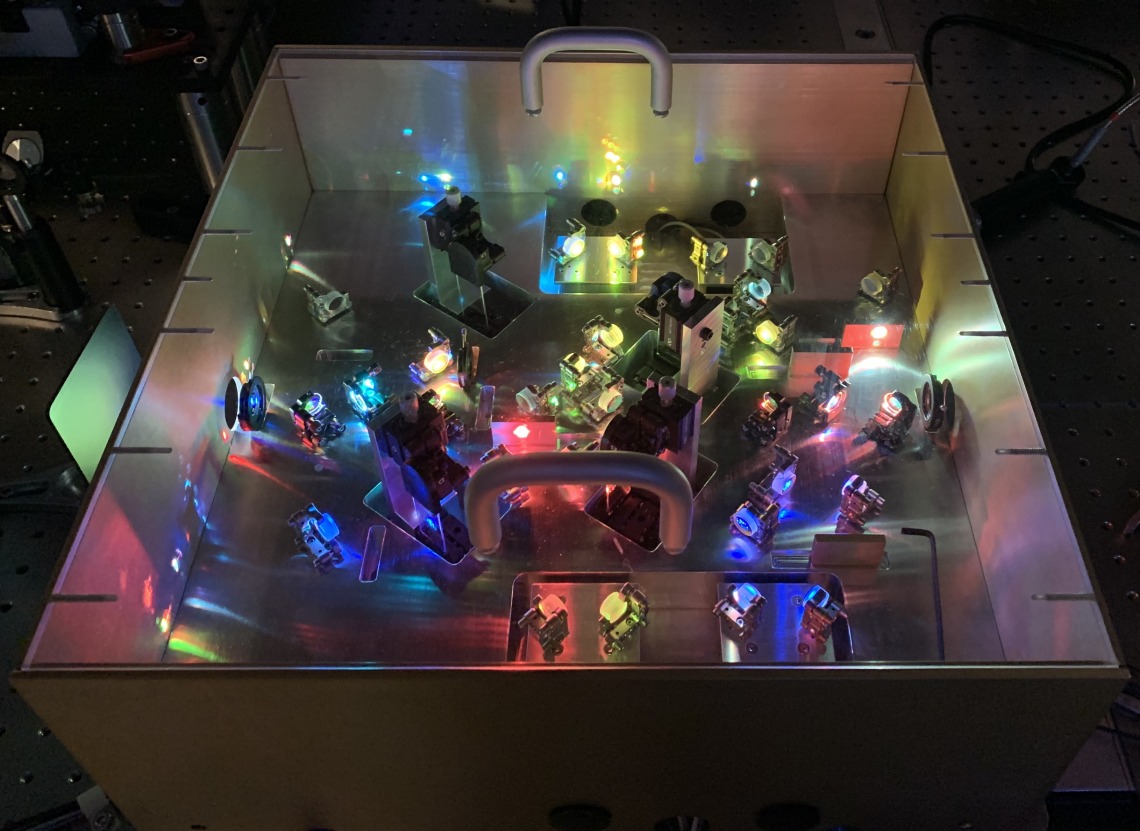The Conversation: The digital future may rely on ultrafast optical electronics and computers

The author’s research group has developed a way to switch light beams on and off, like those passing through these optical fibers, 1 million billion times a second.
If you’ve ever wished you had a faster phone, computer or internet connection, you’ve encountered the personal experience of hitting a limit of technology. But there might be help on the way.
Over the past several decades, scientists and engineers like me have worked to develop faster transistors, the electronic components underlying modern electronic and digital communications technologies. These efforts have been based on a category of materials called semiconductors that have special electrical properties. Silicon is perhaps the best known example of this type of material.
But about a decade ago, scientific efforts hit the speed limit of semiconductor-based transistors. Researchers simply can’t make electrons move faster through these materials. One way engineers are trying to address the speed limits inherent in moving a current through silicon is to design shorter physical circuits – essentially giving electrons less distance to travel. Increasing the computing power of a chip comes down to increasing the number of transistors. However, even if researchers are able to get transistors to be very small, they won’t be fast enough for the faster processing and data transfer speeds people and businesses will need.
My research group’s work aims to develop faster ways to move data, using ultrafast laser pulses in free space and optical fiber. The laser light travels through optical fiber with almost no loss and with a very low level of noise.
In our most recent study, published in February 2023 in Science Advances, we took a step toward that, demonstrating that it’s possible to use laser-based systems equipped with optical transistors, which depend on photons rather than voltage to move electrons, and to transfer information much more quickly than current systems – and do so more effectively than previously reported optical switches.
Click here to continue reading the article in The Conversation.

